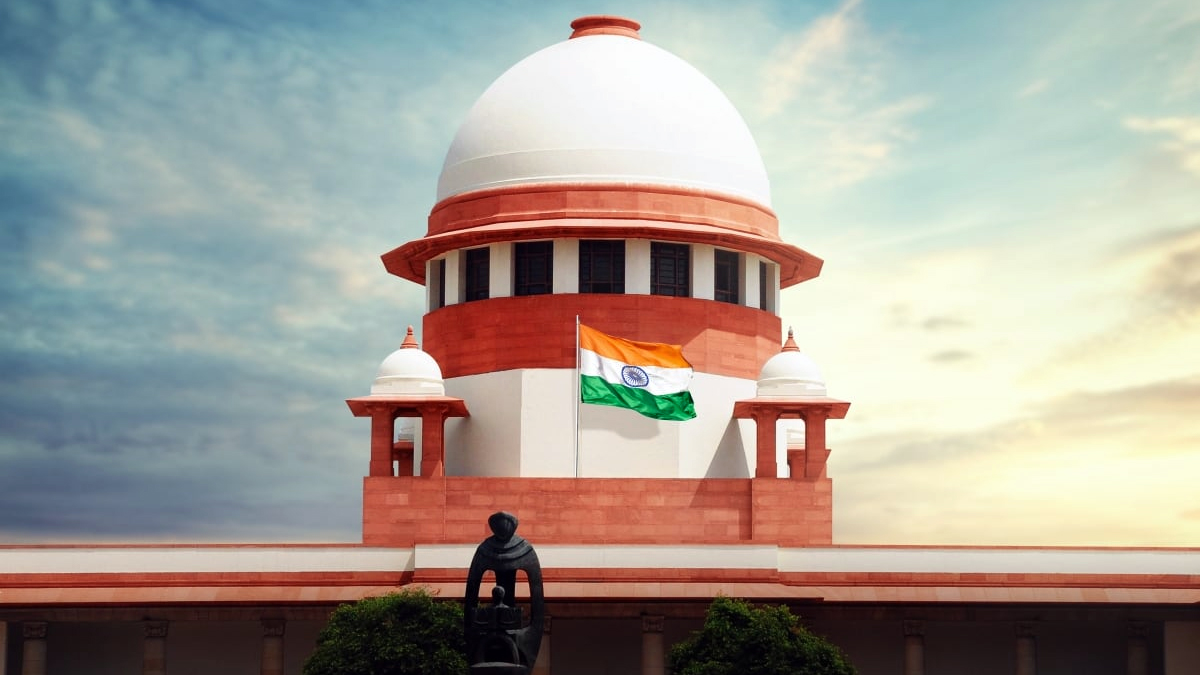
Supreme Court Grants Punjab More Time in Farmers’ Leader Medical Aid Case, Balancing Health Concerns with Protest Rights
Last Updated on January 2, 2025 by Amit Patra
Striking a fine balance between public health and the right to protest, the Supreme Court has allowed the Punjab government more time to extend medical facilities to farmers’ protest leader Jagjit Singh Dallewal, who has kept his hunger strike going at the Khanauri border.
The case brings to the fore the sensitive confluence of issues of protest rights and medical need as Dallewal, an old cancer patient himself, has been fasting since November 26 demanding legal guarantee on Minimum Support Price for produce. Punjab Advocate General, Atul Nanda, told the vacation bench of Justices Surya Kant and Sudhanshu Dhulia that Dallewal is ready to take medical assistance once Central government opens talks.
The situation has taken a complex turn as the State authorities have communicated potential “collateral damage” risks in case Dallewal is forcibly moved due to the huge protest gathering of around 7,000 personnel present at the site. While the Court expressed concern regarding the “violent face of the so-called agitation,” it did maintain a persistent concern with its December 20 order’s execution regarding Dallewal’s health treatment.
One of the critical aspects of the case is the divergent approaches advocated by various parties. While Punjab’s Advocate General sought intervention by the central government, Solicitor General Tushar Mehta warned that such interference could further inflame the situation. The Court, not taking any sides, reiterated that it was more concerned with compliance of its orders rather than the continuing negotiations.
The extension granted by the Court shows judicial pragmatism in dealing with sensitive issues of public protests and health emergencies. By requiring the virtual presence of the Chief Secretary and DGP of Punjab at the next hearing, the Court has ensured that there will be accountability while allowing space for dialogue and resolution.
The case is an important example of the approach courts will take in such cases of conflicting interests, namely, the right to protest, public health, and maintenance of law and order. It provides future guidance on balancing the immediately apparent medical necessity with the larger context in which the farmer’s protest occurs.



